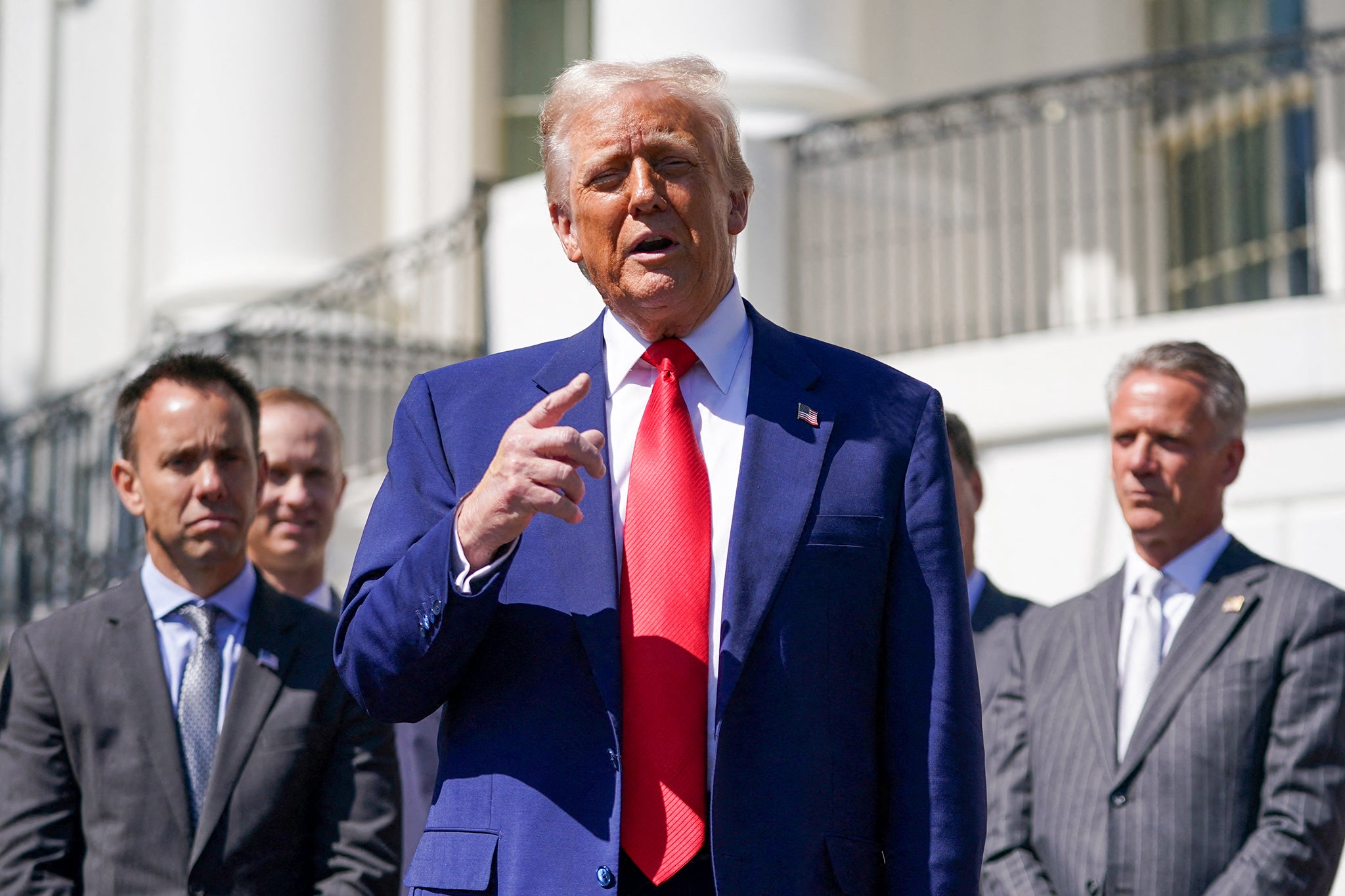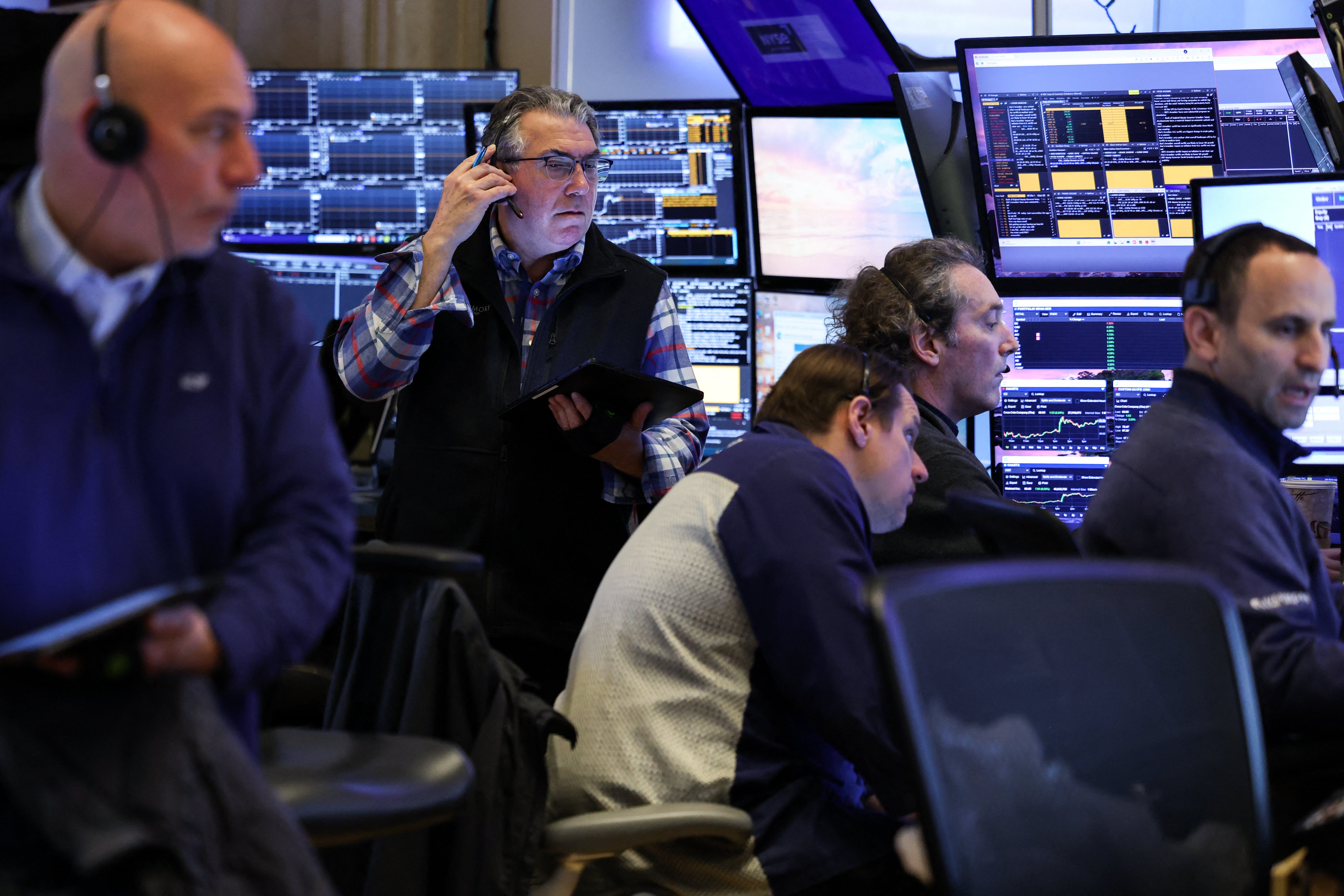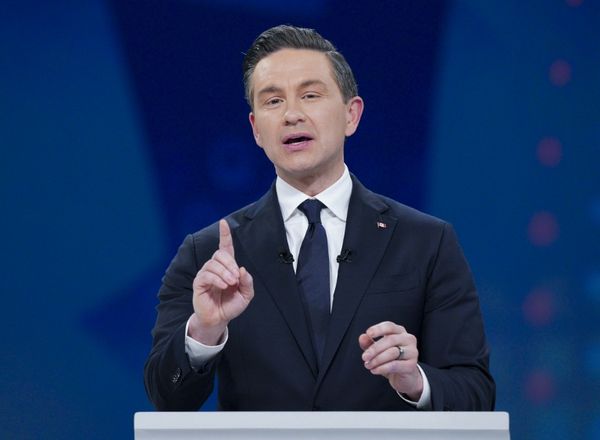Trump’s sudden announcement Wednesday that he was temporarily pausing his tariff plan caught the world – as well as most of his allies and administration – by surprise.
The announcement has given foreign leaders some relief, with a new deadline of July 8 now fixed so that trade deals with affected countries and the U.S. can be negotiated. It follows days of chaos in the global markets, with stocks on such a roller coaster that even billionaire business owners were getting the jitters.
Here’s what you need to know about what’s going on:
Why has Trump paused his tariffs for 90 days?
Trump and his allies have predictably claimed that the surprise U-turn was part of the plan “all along.”
“I thought that people were jumping a little bit out of line. They were getting yippy, you know, they were getting a little bit yippy, a little bit afraid,” was the reason for the switch the president told reporters on Wednesday, later adding that the move had come “from his heart.”
But according to multiple sources, the decision came after days of watching the global markets in chaos, as well as the decreasing value of the dollar – while financial industry leaders and even members of his own party publicly voiced concerns.

According to The Washington Post, Trump discussed the situation with a group of Republican senators Tuesday night after seeing them on Fox News. He also had a call with the president of Switzerland, and watched Jamie Dimon, the CEO of the America’s largest bank – who had previously backed him – say that a recession was “likely.”
Several hours later Trump wrote what Commerce Secretary Howard Lutnick characterized as “one of the most extraordinary Truth posts of his Presidency,” and temporarily reversed his eye-watering levies.
What happens after 90 days?
Trump has not yet said exactly what will happen after his 90-day pause, which runs until July 8.
In his Truth Social post announcing the pause, the president said that over 75 countries had reached out to his administration to broker trade deals. The extra time may allow those countries to negotiate specific trade deals.
When the time is up those who have not yet negotiated deals may once again be at the mercy of the same tariffs imposed by Trump on April 9.

The president, however, may also announce another tariff deferment, after having twice delayed tariffs on two of the country’s major trading partners – Canada and Mexico – earlier this year.
The Independent has reached out to the White House for clarification on what happens after the pause ends.
Will prices still be going up? (and on which products?)
Despite temporarily reversing the majority of his “reciprocal tariffs,” Trump said all trading partners would still be hit with a blanket 10 percent levy.
According to Yale University’s Budget Lab estimates, food prices will rise 2.5 percent overall from those tariffs in the short-term, rising to 2.9 percent in the long run. Fresh produce will initially climb 5.4 percent, but stabilize at 3.7 percent higher, according to the report.
The price of imported foods such as coffee, fruit, cheese, nuts and seafood, are all likely to rise.

Consumers will also face high increases in clothing and textile prices in the short-run, the Budget Lab reports, with a price increase of 58 percent for apparel and 40 percent for textiles. Following a switch to cheaper alternatives, however, prices will drop – though will remain at 26 percent higher for apparel and 17 percent higher for textiles.
Elsewhere, other tariffs including a 25 percent levy on all foreign-made vehicles, which began on April 3, will remain in place, as well as a similar one charged on auto parts on May 3.
This translates to a 13 percent price rise in motor vehicles in the short-run and 18 percent in the long-run. The Budget Lab estimates that the latter is the equivalent of an additional $8,700 to the price of an average 2024 new car.
How does this affect businesses, big and small?
Even despite the pause, which briefly protects businesses from the brunt of the tariffs, small companies are more likely to feel the effects of the 10 percent baseline levies and the fallout from spooked customers.
Such businesses, which are normally defined as those with fewer than 500 employees and revenue of less than $7.5 million, will be faced with the choice of raising prices to match the new levies or taking the hit themselves.
Emily Ley, owner of online stationery business Simplified – which manufactures its products in China – told CBS the reciprocal tariffs and additional tax burden had been “catastrophic” to her business. "There's a limit to how much we can increase prices before we price ourselves out of the market," she said.
Ley has filed suit against the administration over the tariffs, which argues that Trump illegally used emergency powers to impose them.
In the wake of the market uncertainty already caused by Trump’s yo-yo-ing, customers are already being more cautious with their money.
While base-line tariffs can be more easily absorbed by giant chains like Walmart and Costco, big-brands that rely on foreign manufacturers may ultimately be forced to bring their means of production back to the U.S., costing money and time.
Was this market manipulation or insider trading?
Shortly before his dramatic pivot, which sent stock markets soaring back to record highs, Trump wrote on Truth Social: “THIS IS A GREAT TIME TO BUY!!”

It didn’t take long for social media to erupt with accusations that the president had played a reverse “pump and dump” scheme with the American economy, while Democrats accused him of market manipulation.
The accusation is that Trump’s tariff hikes and hardline stance on world trade with the U.S. depressed global stocks, allowing people to buy when markets were low before suddenly reversing course and sending stock prices shooting back up.
Democratic Senator Adam Schiff said the huge trade policy changes “provide dangerous opportunities for insider trading,” and has called for an investigation. Economics experts have also shared their concerns.
The government has denied any wrongdoing.
When asked why he backflipped on his tough tariffs and largely paused their introduction for 90 days, Trump responded: “I thought that people were jumping a little bit out of line.”
US stocks plunge day after historic surge in response to Trump’s tariffs pause: Live
Stock markets tumble after record-setting day as Trump’s tariffs cause volatility
CDC officials plan for the agency's splintering, but questions remain
Tariffs live: Trump warns higher tariffs could return in 90 days if no deals struck
House Democrats warn Trump that Musk must leave by May 30 under federal law
Big Tech’s bet on Donald Trump has blown up in their face and no one is surprised







